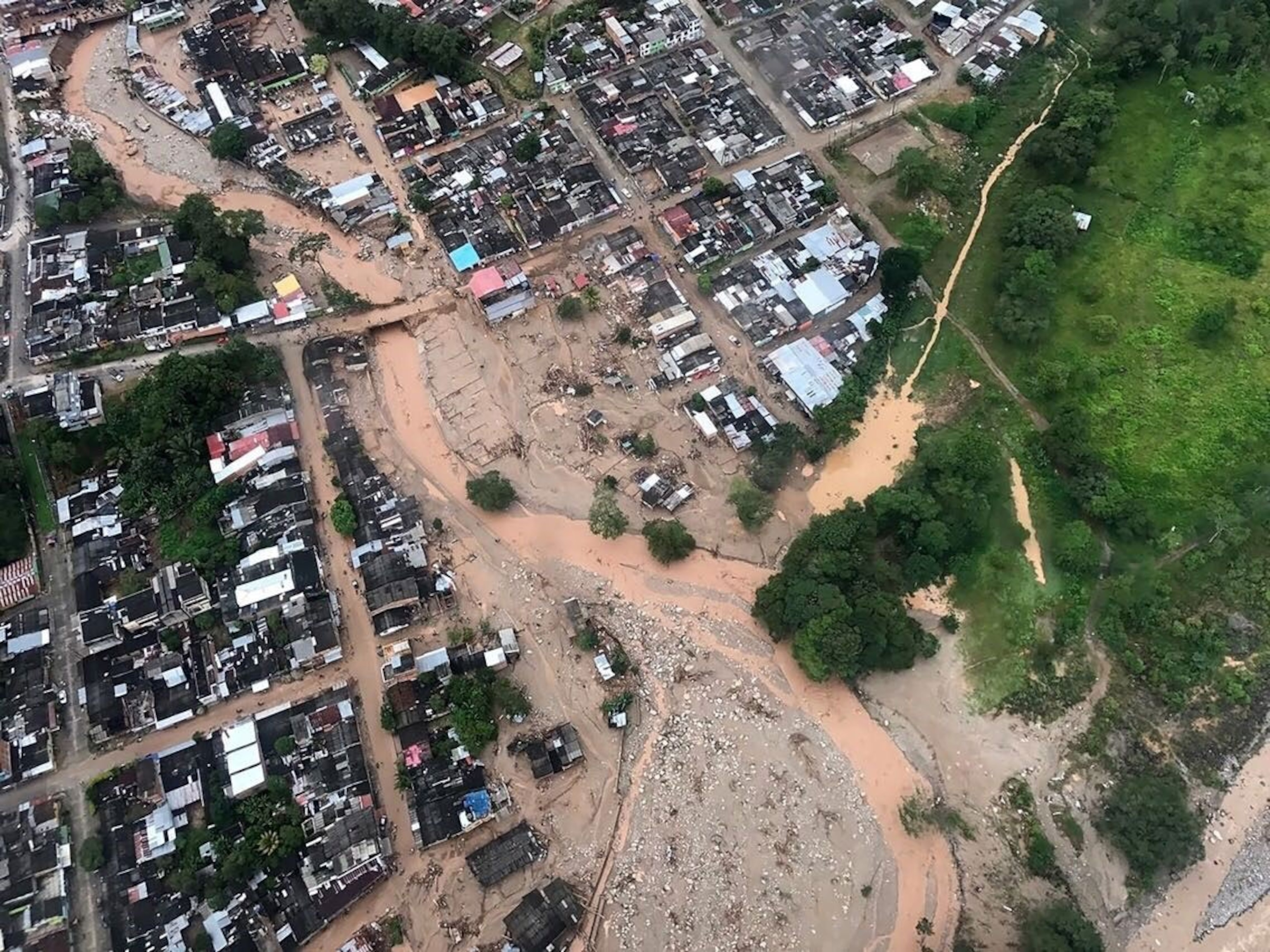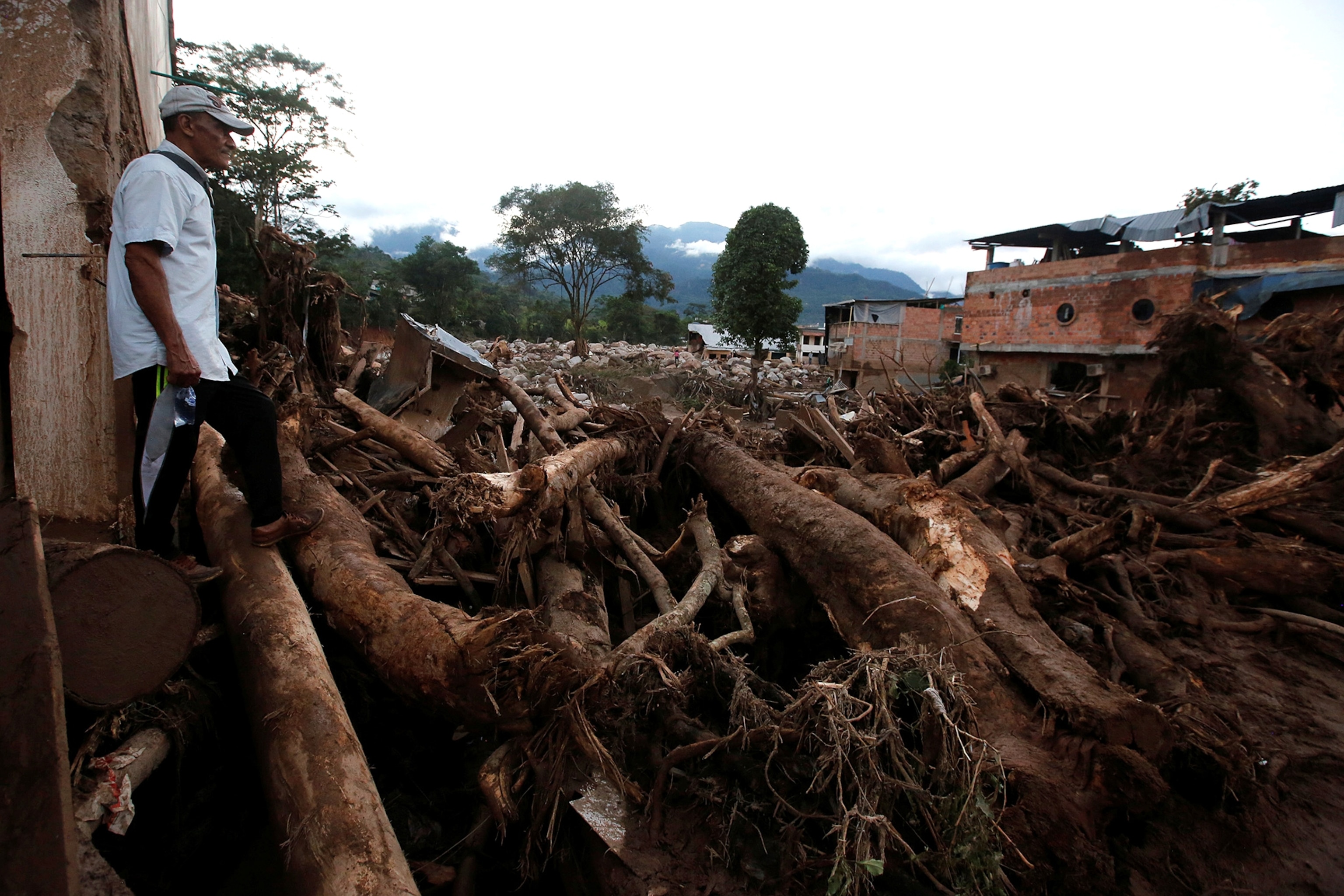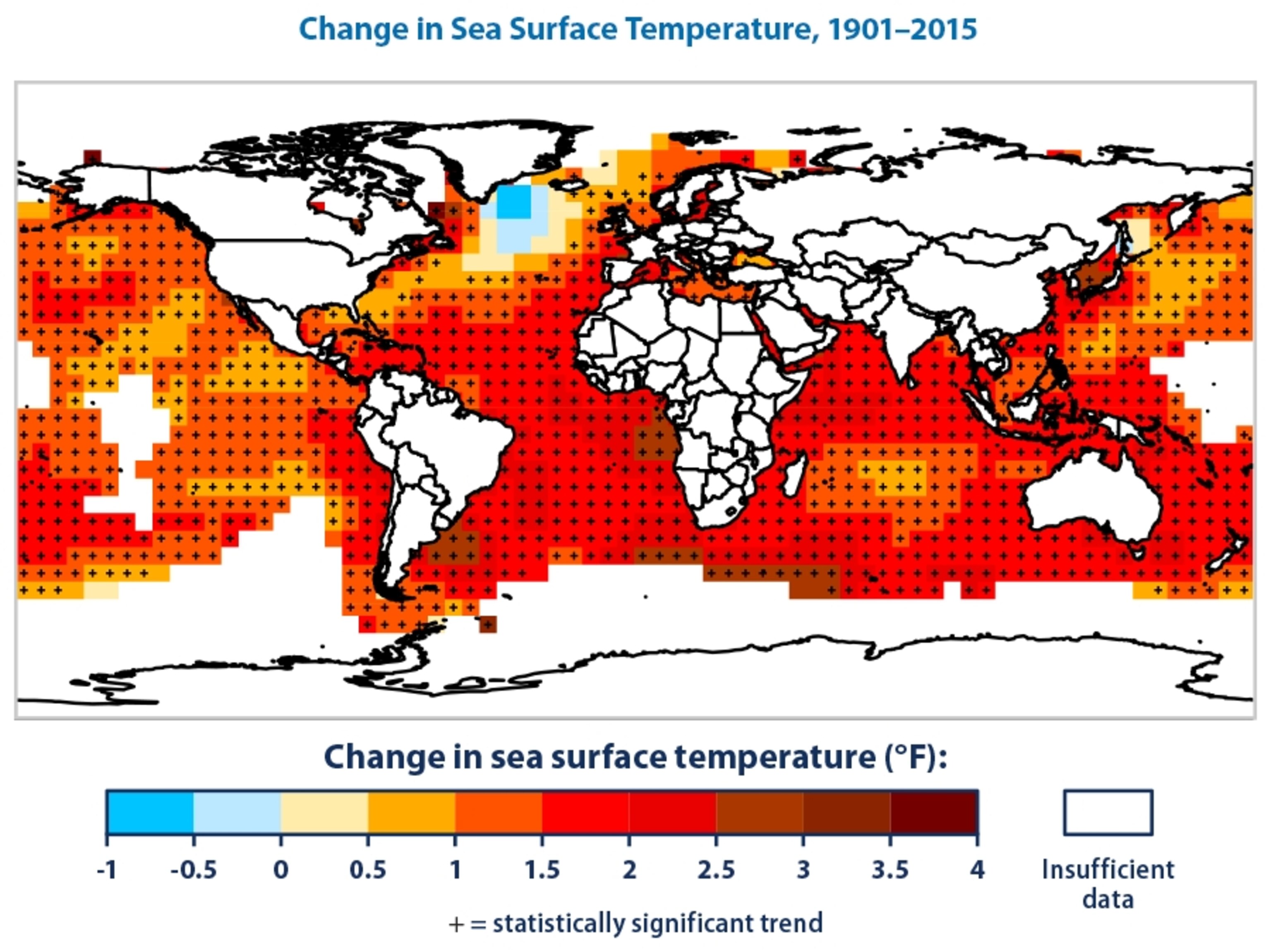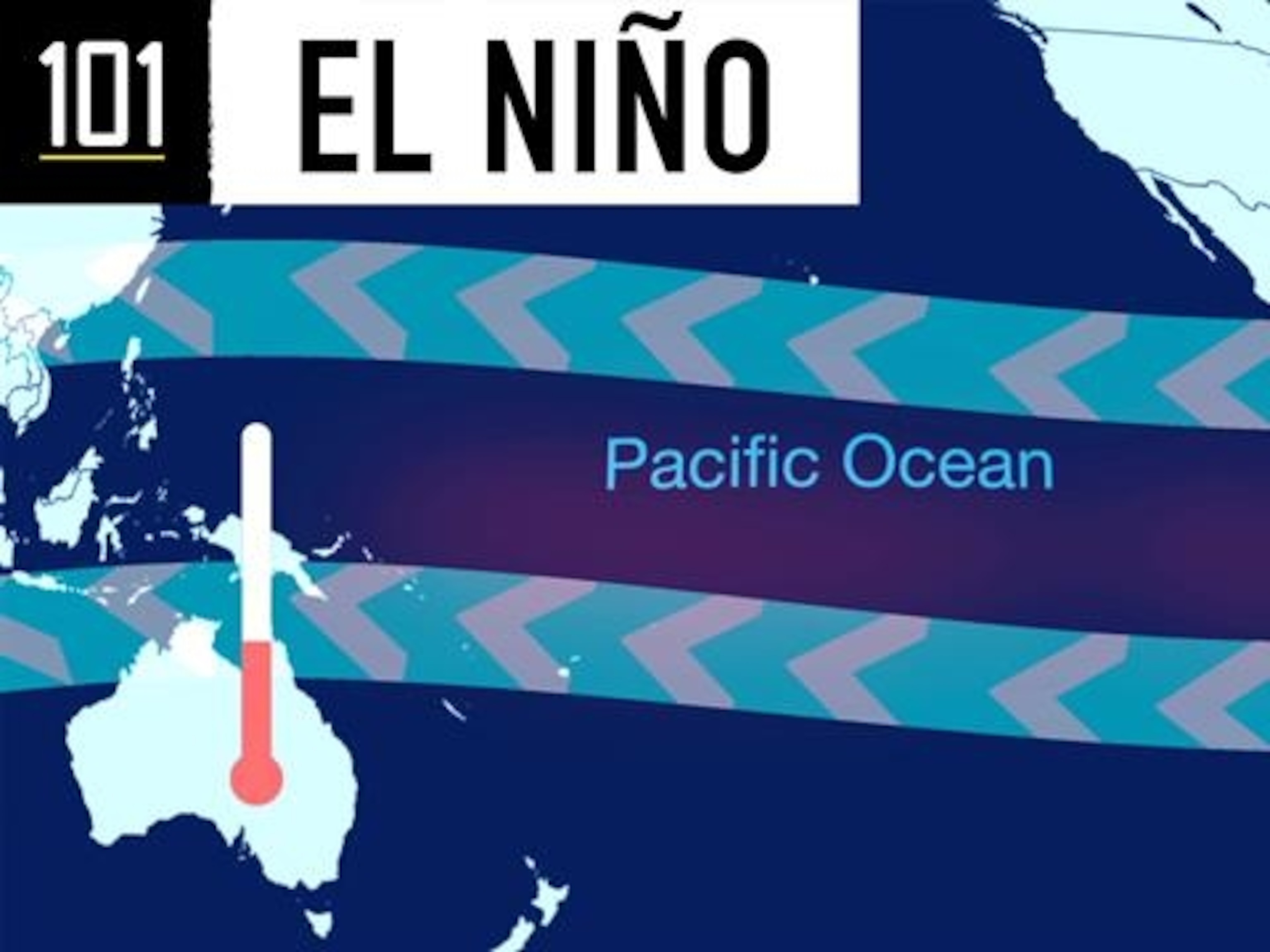
Mudslide in Colombia May Portend El Niño Chaos
Coastal El Niño impacting Peru–and now perhaps Colombia–may predict a stronger El Niño later this year.
A mudslide that killed hundreds of people in Colombia this weekend may portend more destruction to come if the El Niño conditions impacting the coastal regions nearby get worse.
Mudslide Sweeps Town
Many in the small town of Mocoa were sleeping and did not have time to evacuate to higher ground, and were swept away by an enormous mudslide after heavy rains caused a nearby river to overflow. The surge of mud killed and injured hundreds and destroyed many homes.
At least 234 died, and 220 were missing in the city of about 350,000. Hospitals struggled to cope with the burden of so many injuries, and some with more serious wounds had to be airlifted to other towns.

Houses in 17 different areas were buried or taken away by the landslide, according to Mocoa’s mayor, José Antonio Castro.
In early March, unprecedented rainfall brought extreme flooding to Peru, leaving 94 dead and almost a quarter of a million without homes so far. Evacuations are still underway, with heavy rainfall expected to continue. (Watch a woman emerge from floodwater in Peru after being swept away.)
The southwestern Colombian town of Mocoa is close to the border of Ecuador and is considered part of the equatorial region most affected by changing weather, along with Peru.
La Niña, El Niño, or Neither
La Niña conditions, which typically are dry and bring cooler than average sea surface temperatures to equatorial regions, were expected to persist through February, with conditions returning to normal for the spring.
As of March 9, NOAA determined that conditions would reflect neither El Niño nor La Niña temperatures, calling the current weather patterns “El Niño Southern Oscillation (ENSO) neutral.”
Yet Peruvian authorities have blamed the flooding on El Niño, calling the events the worst El Niño-related flooding in recent history. So how can normal sea surface temperatures—and what should be relatively mild conditions—affect the equatorial region of South America so dramatically?
The answer is somewhat complex.

Ocean waters are currently warmer than usual off the coast of Peru. Warmer equatorial waters mean El Niño conditions, but because these warmer temperatures are so localized, officials have not yet declared an official El Niño event.
To explain the flooding, Peruvian climate scientists are calling this particular occurrence a coastal El Niño, a mini version of the larger phenomenon that affects the entire Pacific.
The region of Colombia impacted by flooding is in a similar coastal region just north of the Peruvian Coastal El Niño–one that is also experiencing warmer-than-usual temperatures.
The coastal El Niño could portend a more severe El Niño weather pattern later in the year, or it could potentially be the result of broader changes in a changing climate. (Infographic: Seven Things to Know About Climate Change)
Changing Weather Patterns

Climate change has had a significant impact on the global average sea surface temperature, with an increase of more than 1.5 degrees Fahrenheit since 1901, according to the EPA.
The increase in temperature may have brought on heavy rains and flooding in the region, which, many say, indicates a stronger El Niño later in the year.





